Extending the Employee Experience for Alternative Workers
In the last few years, much emphasis has been placed on designing a strong employee experience that encourages talent activation, engagement, performance, and retention. However, all more organizations move toward experience design, most focus almost exclusively on a full-time, uninterrupted employee experience.
Most HR professionals recognize and support employee transitions such as maternity/paternity leave and FLMA or temporary leaves of absence. Some even encourage sabbaticals and phased retirement. However, the word transition must be used loosely here, because in most cases, the employee in question just reassigns her work, leaves, and then just shows up again several months later (or, in the case of phased retirement, changes her role without fanfare or much acknowledgement).
If you really want your organization to derive value from these benefits, you must be strategic about designing an experience exclusively for every kind of transition situation or “career intermission.” Here are some questions to ask as you consider how to use each transition to strengthen your relationship with participating employees.
- Maternity/paternity leave: What projects is the employee looking to complete before this very personal event? At what place would she like to see her career when she departs? How can we keep her involved in a stress-free way while she’s off? What specific steps will we take to ensure she’s properly re-onboarded when she returns?
- FLMA/leaves of absence: How can we support him during this difficult time? What resources can we provide to help? How can we strengthen his commitment to the company when the crisis has passed? What specific steps will we take to ensure he’s properly re-onboarded when he returns?
- Sabbaticals: What skills will she be learning, and how will those directly apply to her future role(s) in the organization? How can we support the development of those skills? How can we ensure that she still feels like a part of the organization while she’s away? What specific steps will we take to ensure she’s properly re-onboarded when she returns?
- Phased retirement: How does his role today differ from his role as a full-time employee? What’s the personal reason behind this shift? Why is this person’s knowledge so valuable to the organization? What are the most important areas in which this employee aims to contribute? What’s the timeline moving forward, and does our vision align with his?
Want to learn more about designing the right experience for employees in transition, as well as those who move in, out, and around the organization frequently, such as those on “tours of duty” and those with alternative work arrangements? Check out our archived webinar with HR Daily Advisor, Extending the Employee Experience for Alternative Workers .



















